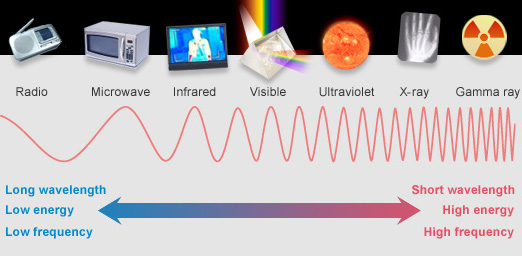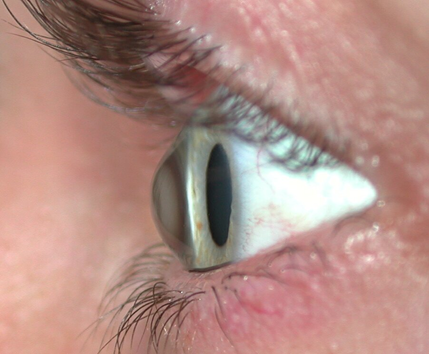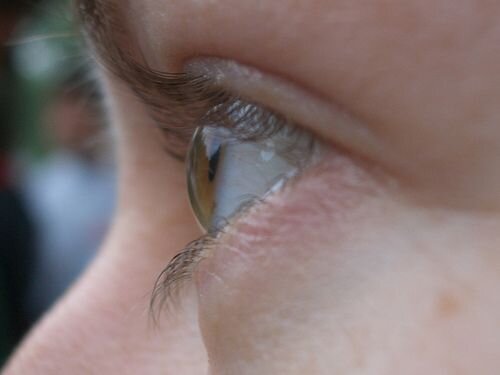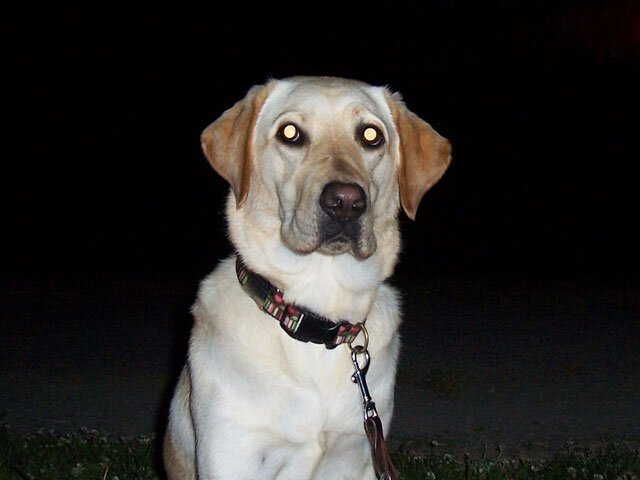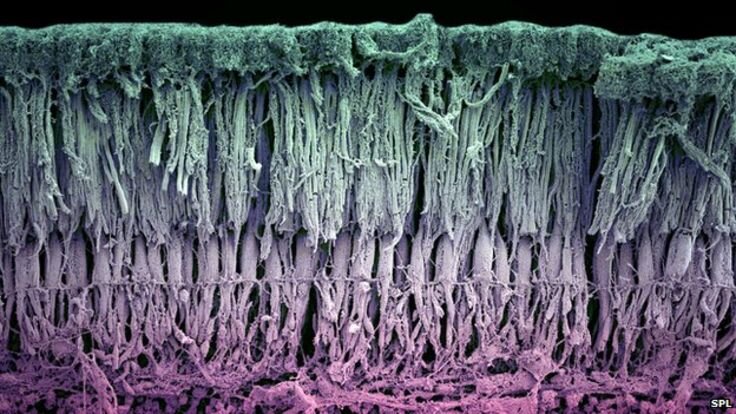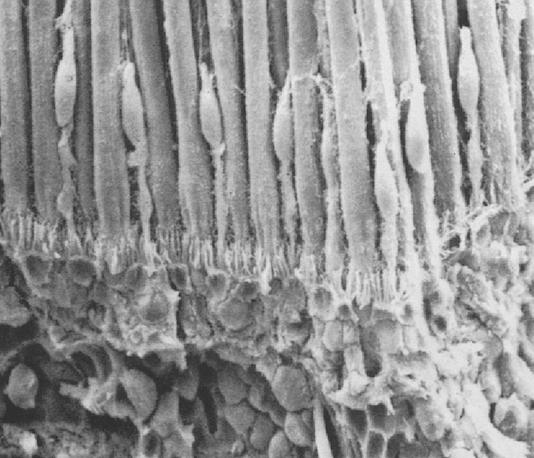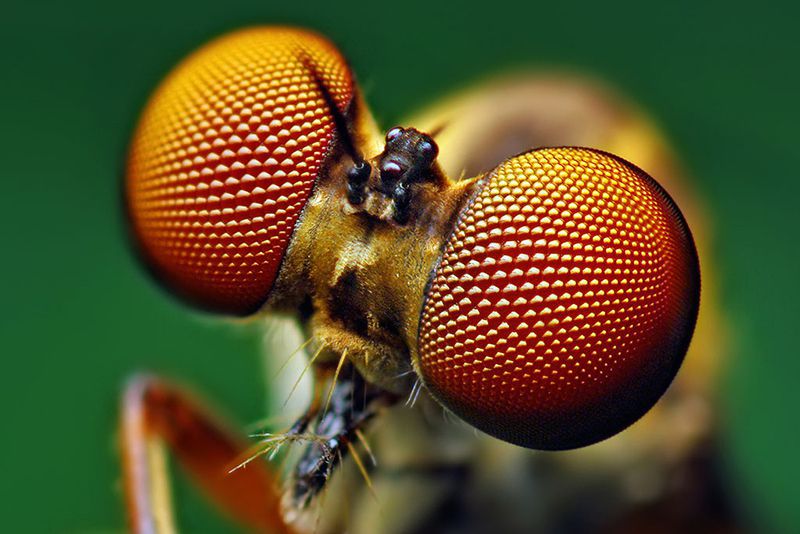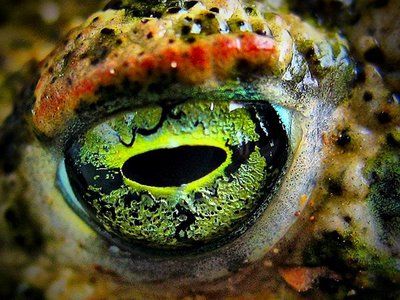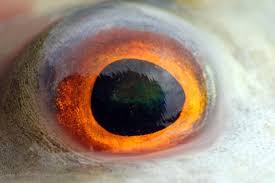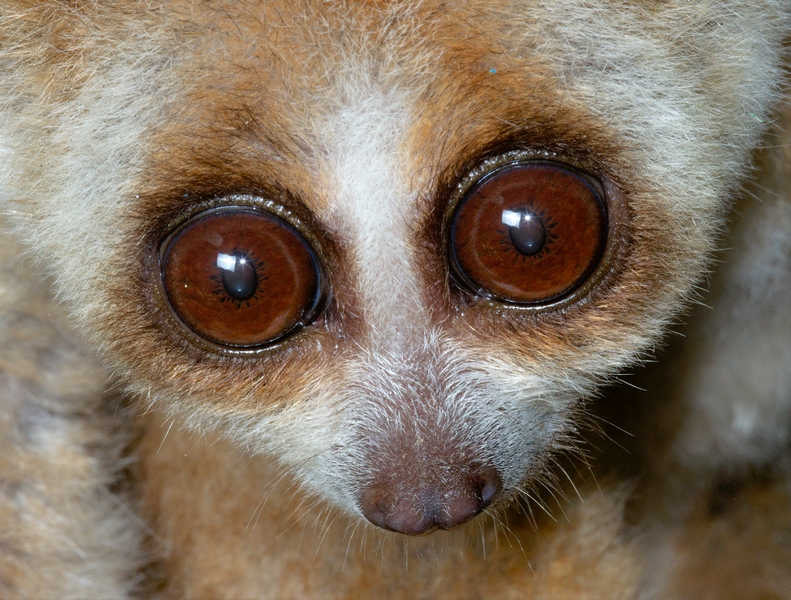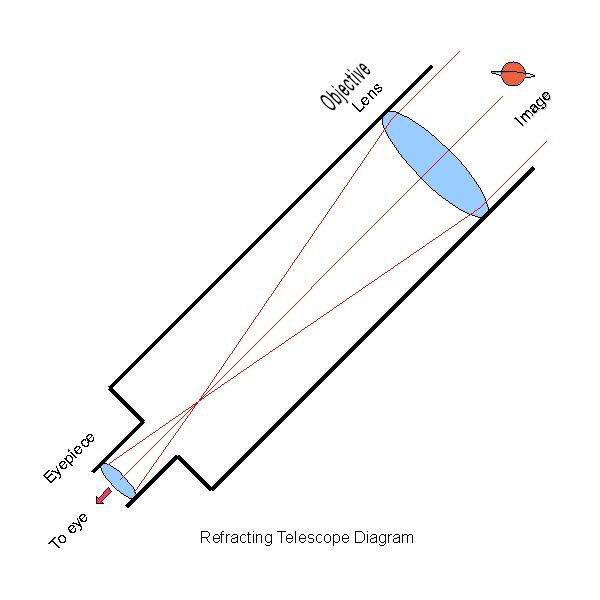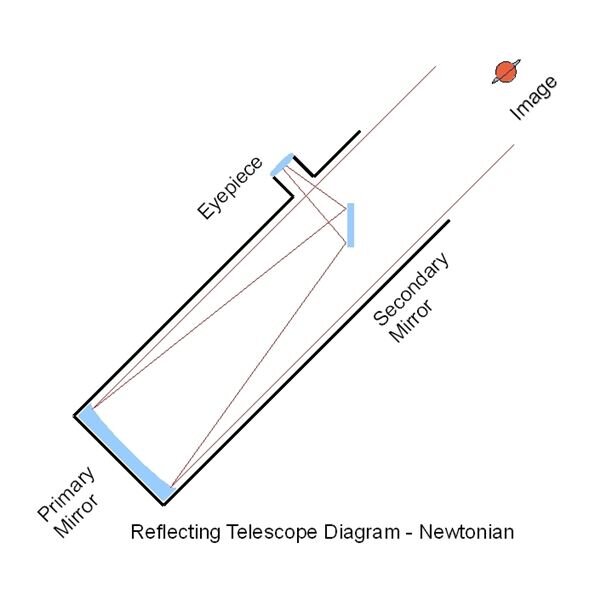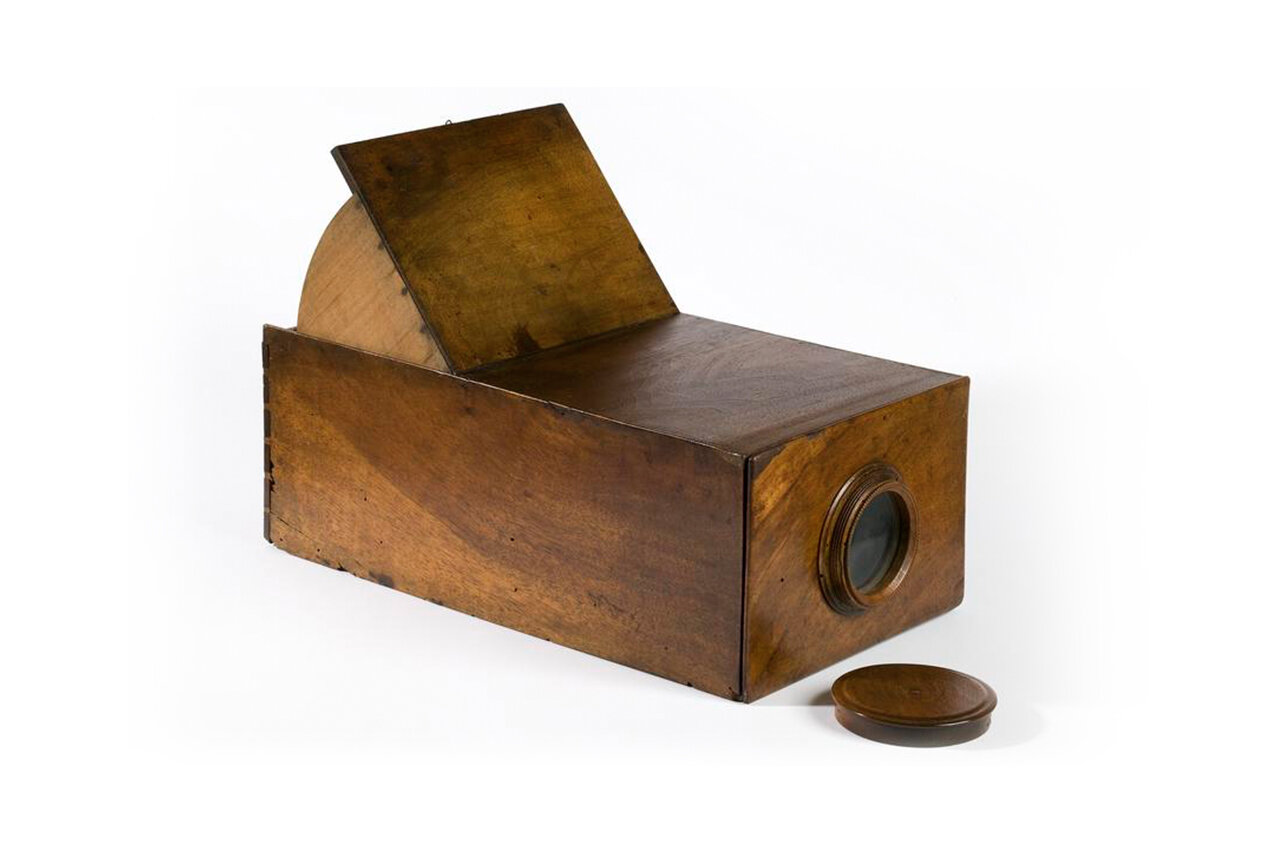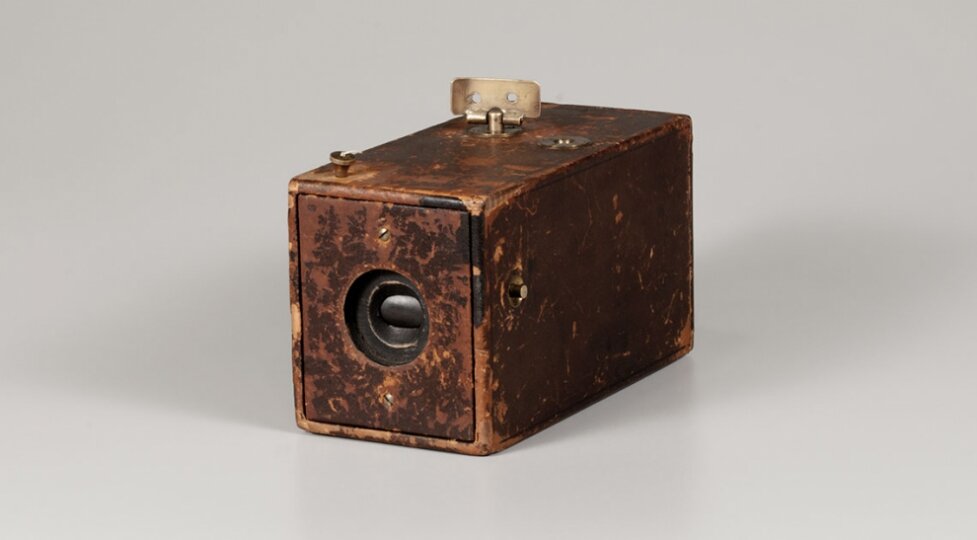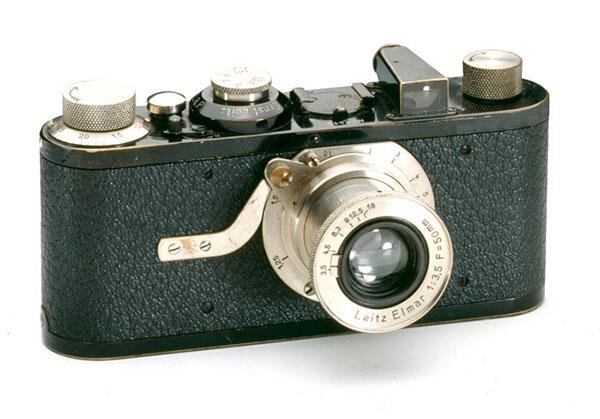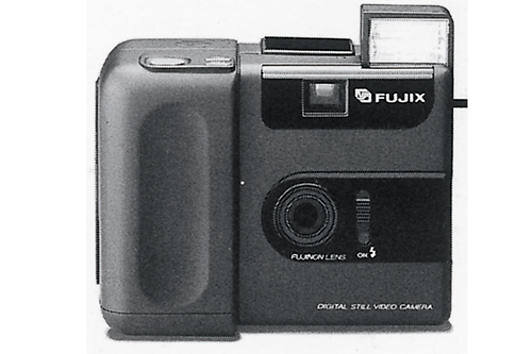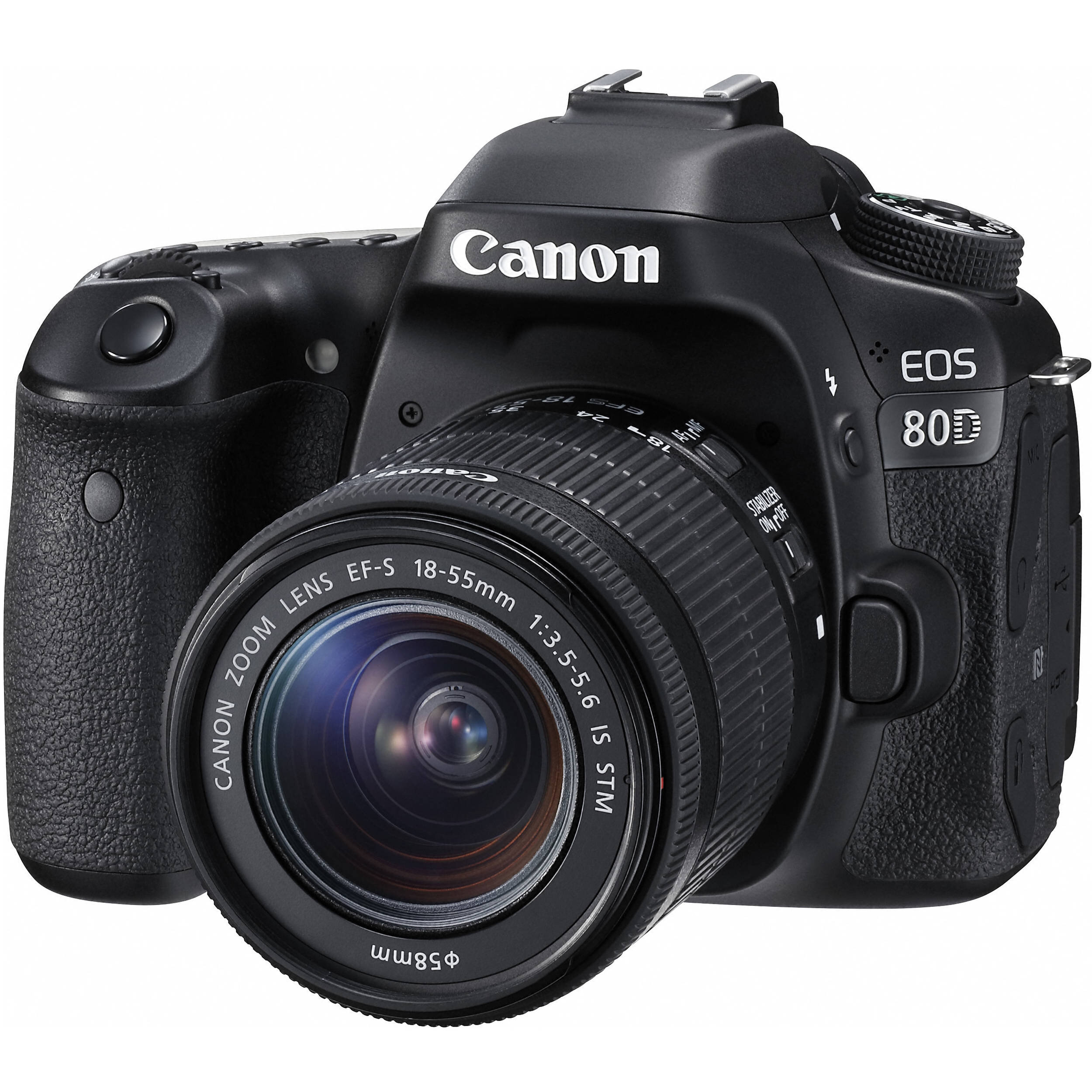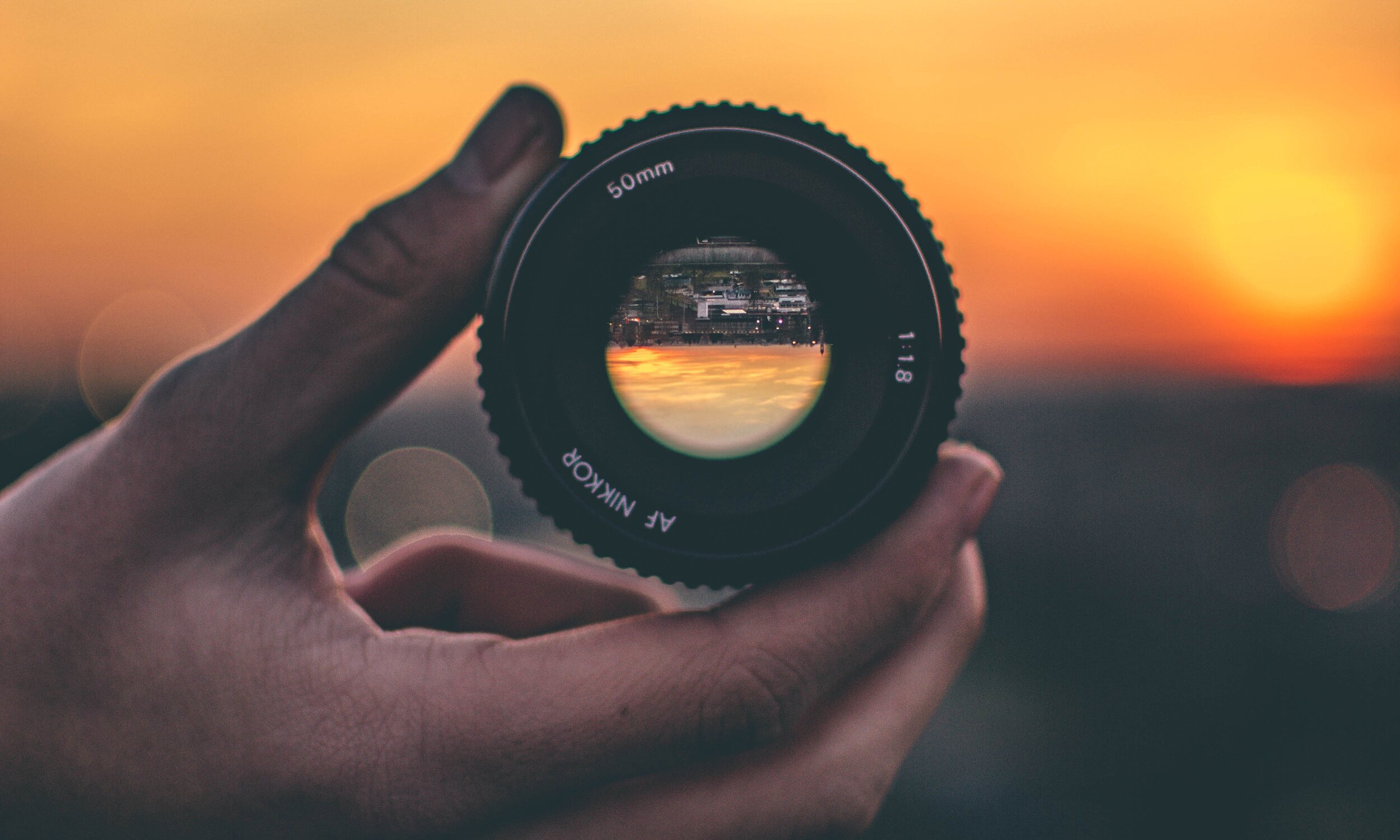The Wave Model of Light
Properties of Waves
Wavelength:
The distance between adjacent crests measured in nanometers
Waves with shorter wavelengths have higher energy than those with longer wavelengths
The Electromagnetic Spectrum
The electro magnetic spectrum is a range of different wavelengths and frequencies:
Wavelengths range between 0.0000000000001 meters (barely fits an atom between crests of each wave) to 100 meters long (fits a football field between crests)
Frequencies range between 3000 Hz to 300,000,000,000 Hz (The wave goes up and down 300 billion times in one second!)
Applications of electromagnetic radiation
Although we can’t see, these waves behave just like visible light (reflected, absorbed, transmitted):
A NUGGET OF URANIUM RELEASING GAMMA RADIATION IN A CLOUD CHAMBER OF ISOPROPYL ALCOHOL. THIS IS CRAZY!
Radio Waves (radio, wifi, MRI machines)
Microwaves (microwaves, satellite communication, RADAR)
Infrared (heat, infrared cameras)
Ultraviolet rays (the sun, tanning beds, vitamin D synthesis in humans)
X-rays (radiography)
Gamma Rays (nuclear waste, radiation therapy)
The visible Spectrum
Light refers to the entire electro-magnetic spectrum, where as the term visible light refers to the small section of the electro-magnetic spectrum that are visible to human eyes.
The visible light spectrum accounts for a small (tiny tiny tiny) sliver of the electro-magnetic spectrum. Considering that wave lengths can be as small as 0.0000000000001 meters or up to 1000 meters long.
Typically, the human eye can detect wavelengths from 380 to 700 nanometers. Those different wave lengths are perceived as different colours.
Red is considered to have the longest wavelengths (600 - 700 nm)
Violet is considered to have the shortest wavelengths (380 - 400 nm)
COLOURS AND THEIR RESPECTIVE WAVELENGTHS
Combining wave lengths
White light contains a spectrum of different colours with slightly different wavelengths
When white light is refracted at a certain angle it splits into different colours of the visible light spectrum
Each colour refracts by a slightly different amount, this causes the light waves to exit the prism on slightly different paths, hence the rainbow
Combining all wavelengths of visible light results in the light appearing as white
Primary Colours:
PRIMARY, SECONDARY COLOURS AND WHITE LIGHT!
All you really need to produce white light are three colours:
red, green, blue (RGB)
By mixing the right intensities of each colour you get white light
Secondary Colours:
Colours made by combining any two of the primary colours of light:
cyan, magenta, yellow
GREEN + BLUE + RED = WHITE LIGHT
ANAtomy of the eye
Sclera:
Is the white part of the eye, protects the eyeball.
Cornea:
A clear window at the front of the eye, covers the iris and the pupil.
Iris:
The coloured part of the eye that surrounds the pupil. It controls how much light enters the eye by changing the size of the pupil.
Pupil:
The black dot at the centre of the eye, is an opening through which light can enter the eye.
Lens:
Located behind the pupil, the lens acts like a camera lens by focusing light onto the retina at the back of the eye.
Retina:
A light-sensitive inner lining at the back of the eye. Contains both the rods and the cones, which detect light and turn it into electrical impulses that flow through the optic nerve into the brain.
A misshapen cornea vs. a normal cornea
A special case
tapetum lucidum:
A reflective layer on the back of the eye which reflects low amounts of light into the retina. Many animals possess this layer - humans do not (unless you’re children of the corn)
How eyes perceive light
The pupil is the opening; the amount of light that enters is controlled by the iris.
The iris is made up of a circular band of muscles.
In bright light the iris constricts, becoming smaller, and reduces the light.
In dim light the iris dilates, becoming larger, and increases the light.
When Light Gets Inside the eye
Light shines through the pupil and lens and will contact the sensitive tissue located at the back of the eye. This tissue is the retina, and the retina contains 2 types of light sensitive photoreceptors:
Rods:
THE SURFACE OF A RETINA
Photoreceptors that are sensitive to small amounts of light, helps to see in dim light (night time)
More rods on the outside area of the retina
Cones:
Photoreceptors that are sensitive to large amounts of light, they detect colour, three types (RGB)
Many cones on the inside area of the retina
Cones can not function in low light, so we only see shades of gray in low light because only rods are stimulated
Cross sections of retina, the large bulbous looking structures are cones, the thin long rodlike structures are the rods.
Overwhelming your cones
When our eyes are exposed to a hue for a prolonged period, the rods & cones become fatigued. Therefore your brain temporarily perceives the opposite colour.
Focus on the center dot in the diagram ‘red’ for 35 seconds, do not blink for all 35 seconds
After 35 seconds quickly switch to looking at the black dot on the white background, what do you see? (blinking quickly after might help)
BLINDSPOT:
Area where the optical nerve meets the eyeball there are no rods or cones to detect colour or light in this area, you can lose sight of objects in your blind spot!
Your brain will fill this gap with surrounding colours
Conversely, there is no such thing as a “sweet spot” however the fovea provides the clearest vision of all.
STARE AT THE CROSS WITH YOUR EYES, THEN COVER YOUR LEFT EYE, WHERE DID THE DOT GO? (YOU MAY NEED TO MOVE YOUR HEAD CLOSER OR FARTHER AWAY FROM THE SCREEN)
Color Blindness:
Unable to distinguish certain colours due to a lack of or damaged cones.
How the eye perceives light
In order to form a clear & sharp image the focal point of the lens must land on the retina.
In the eye there are muscles that control the shape of the lens
The image produced on the retina is upside down, however our brains flip the image to be right side up.
NEARSIGHTEDNESS (myopia):
Can see objects near to eye, but not far from eye. Focal point is in front of retina. Corrected using concave lenses.
The eye cannot make the lens thin enough to focus the light on the retina, so a concave lens is used to diverge the light further back so it lands correctly onto the retina.
FARSIGHTEDNESS (hyperopia):
Can see objects far from eye, but not near to eye. Focal point is behind retina. Corrected using convex lenses.
The eye cannot make the lens fat enough to focus light on the retina, so a convex lens is used to converge the light closer up so it lands correctly onto the retina.
Laser Eye Surgery
the cornea is reshaped by a laser to helps focus light on the retina
Other Eyes in the Animal Kingdom
Organism eyes vary across the animal kingdom different organisms have different ways to perceive and interpret light.
Eyes in the animal kingdom are placed on the head in various positions, some eyes do not move in their sockets, some animals can move their eyes independently of each other.
non-Compound Eyes:
Consists of a rounded cornea, an iris, a circular lens, vitreous body/cavity, and photoreceptor cells. Also known as ‘camera eyes’.
Some animals have different variations of camera eyes, for instance Cephalopods (octopus) do not have a blind spot, and do not change the shape of the lens - instead they move the lens of the eye closer or farther from the retina
Compound Eyes:
Insects and Crustaceans have compound eyes made up of many individual units called ommatidium
Example: Insect and Crustaceans
These eyes are great for detecting movement, but not for creating a single coherent image.
Do not see color
Do not see 1 image, but many small images put together
How do eyes function for different animals?
Aquatic animals (ex. fish) - have a perfectly round lens sticking out of the pupil, which allows them to detect danger from all directions since they do not have necks.
Birds - instead of 3 cone receptors (RGB) certain birds have 5 receptors which helps to locate prey/food from further distances
Nocturnal animals (ex. Loris)- active at night nocturnal animals have many more rods and much larger pupils to collect greater amounts of light. Some animals (ex. cows) also have a layer behind the retina called the tapetum lucidum, which reflects the low light back through the retina for better night vision.
Many ambush predators have vertical pupils to gauge distance of objects, while many prey animals have horizontal pupils which gives the animal a panoramic view.
Eyes Shapes Article Reading Comprehension Questions
Optical Devices use Light
A DSLR CAMERA SPLIT IN HALF
Optical Device:
Any device that uses light
Ex. mirrors, lenses, microscopes, telescopes
Microscope:
Optical devices used for viewing very small objects; has at least two lenses: the objective lens and the eyepiece lens.
First invented by Hans and Zacharias Jansen in Netherlands (1595)
Antonie van Leeuwenhoek: First person to identify micro-organisms, named the animalcules.
Telescopes:
Optical device for magnifying distant objects. ‘Tele’ means distant, while ‘scope’ means to look.
Who invented the telescope? Tough to say exactly who, telescopes were widely used by 1600’s when the first person applied for a patent on it’s design, basic telescopes were used as far back as 300 BC.
Galileo did not invent the first telescope, however he created telescopes with a better design which helped him make many important astronomical discoveries (like Jupiter’s moons).
In most telescopes the image observed appears upside down, and reversed left to right!
THE ZIESS TELE
telescopes types
Refracting Telescope - This type of telescope uses two lenses, each at the end of a long tube to form an enlarged image.
Reflecting Telescope - contains a curved mirror to magnify and reflect light to a flat mirror which reflects the image through an eye piece, which uses a lens to form an enlarged image for the user.
Binoculars are device for viewing distant objects made up of two short refracting telescopes fitted together.
BINOCULARS USE SPECIAL PRISMS CALLED PORRO PRISMS WHICH ACT AS A WAY TO ELONGATE THE PATH LIGHT MUST TRAVEL FROM THE OBJECTIVE LENS AND THE EYE PIECE.
A pinhole!
The camera has humble beginnings it all starts of with light interacting with a small hole. The light rays from objects pass through the hole just right to form a real image on the opposite screen.
Camera Obscura:
A darkened room with a small hole or lens at one side through which an image is projected onto the wall opposite the hole
Since the invention of the Camera Obscura various apparatus have been created to capture the image projected onto a screen. (painting the screen, drawing the screen)
Instead of using a screen photographers would use different light sensitive chemicals to capture the image projected on to the screen.
Camera Obscura - 1021 - Literally a box with a hole in it
Daguerreotype - 1839 - The film was slow to react to light, subjects had to stand still for many minutes
Kodak camera - 1888 - A large box camera that had ‘fast’ developing film, film had to be developed at a separate site, but the subjects did not have to stand still for minutes.
Leica 1 - 1925 - The first compact camera! The acronym S.L.R is used for single lens reflex cameras. Film is now used in cartridges or rolls.
Fuji DSX - 1989 - The first digital camera dubbed DSLR for digital single lens reflex camera. It uses electricity and chip rather than film to record images
Sharp JSH04 - 2000 - The first digital camera small enough to fit in a phone, Apple’s Iphone was released seven years later in 2007.
Image Formation In film Cameras
A film camera is very similar to how an eye works:
Light enters the camera and refracts through the lens
The camera diaphragm will open and close allowing light to enter into the back of the camera,
The back of the camera contains photosensitive film that will capture the light that reacts with the film
The film is developed to create photos
Camera and eye similarities
Similarities Eye Camera
How does light enter? Pupil Aperture
What controls the amount of light? Iris Diaphragm
What interprets the image? Retina Film
How is the light focused? Lens Lens
What stops light from entering? Eyelid Shutter
Digital Cameras
A VARIETY OF PIXELS
Digital cameras use a light sensitive sensor rather than chemical film. This information is transferred via 1’s and 0’s digitally to essentially ‘colour in’ a square to form an image.
PIXELS OF A RGB TV - EACH PIXEL CONSISTS OF A RED, GREEN, BLUE ROD
Pixel:
A small square in an image with an assigned colour. Many pixels combine to form larger images. Pixels are used for screens, where as the term ‘dots’ is used for round pigments on paper to form prints.
PIXELS COMBINE TO FORM AN IMAGE OF AN EYE
To colour a digital image, a computer assigns a value to each pixel which corresponds to a certain colour
Images that are formed from pixels are called raster images
Resolution:
The number of pixels/dots that comprise a photo or a screen

